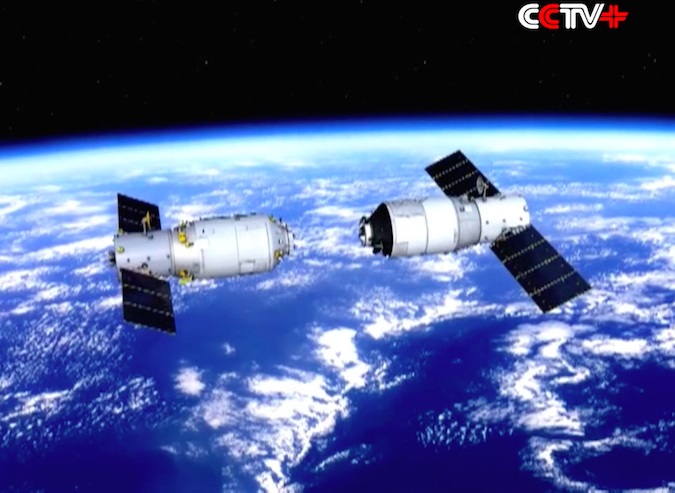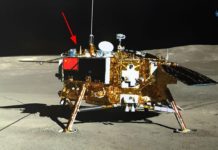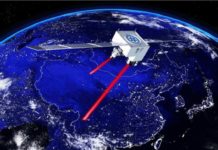On 14 August, China’s space agency, the China National Space Administration (CNSA), announced it has completed the first round of tests for the propulsion system of its space station, expected to become operational in 2022.
The propulsion system is being developed by Shanghai Institute of Space Propulsion, which comes under the Academy of Aerospace Propulsion Technology. As such, the tests were conducted in West Shanghai, and consisted of 8 steps over 2 hours.
China’s space station will utilize 36 such engines, each weighing 10kg. Aside from weight restrictions, CNSA reports that one of the main challenges in developing the engine is the operational duration; while rocket propulsion systems are designed to last a few minutes, the space station’s system will be designed to operate for 15 years.
The Shanghai Institute of Space Propulsion is responsible for developing engines for the spacecraft used in China’s manned spaceflight programme. Previously, the academy developed the propulsion systems for the Shenzhou crew module, the space stations Tiangong-1 and Tiangong-2, as well as the cargo spacecraft Tianzhou-1.
In 2019, China will move from the experimental phase to the development phase on its space station. In 2020, the core module of the space station is expected to be launched, with two other modules launched subsequently. China, collaborating with the UN, has already invited international participants to conduct experiments aboard the station.







